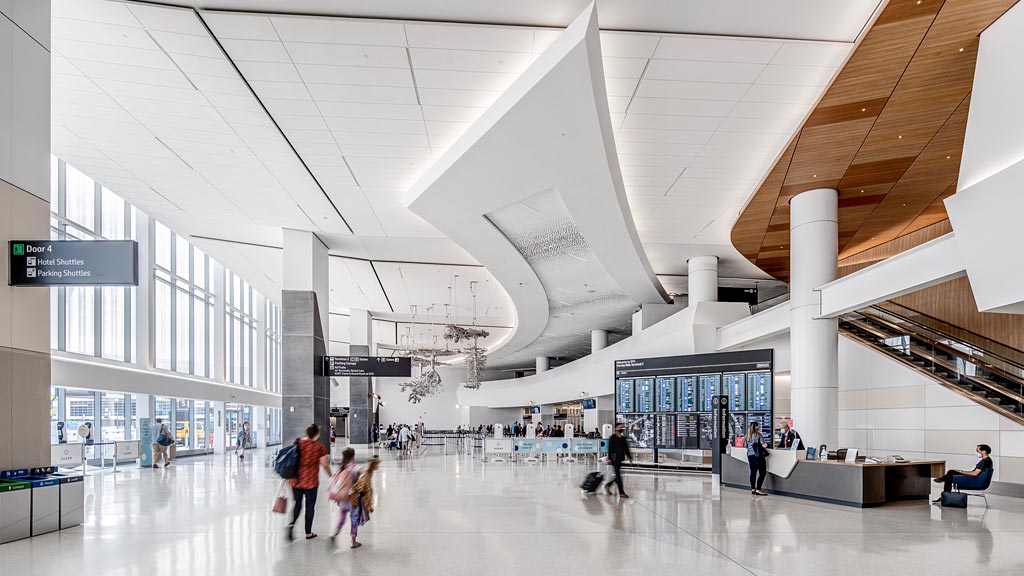Avon Lake Renewable
Master Plan
Turning a Decommissioned Power Plant Into a Community Amenity
The city of Avon Lake lies 17 miles west of Cleveland on the shores of Lake Erie. For nearly 100 years, a coal-fired power plant at the city’s edge served as the economic backbone for the area, providing jobs to residents and significant revenue for city services and local schools. Those benefits came with a cost, however: environmental degradation and pollution that characterize similar industrial hubs throughout the Rust Belt, as well as a location that cuts off the shoreline from the local community.
Now, as the region transitions to greener energy sources, the plant’s closing raises an important question: What should the site become?
- Site moves from burning 5,000–7,000 tons of coal annually to zero
- Decommissioning prevents 3 million tons of CO2, mercury, and nitrous oxides from being pumped into the atmosphere annually
- Decommissioning saves 365 million gallons of fresh water previously used to cool the facility
- Master plan salvages and sustainably recycles 140 million tons of steel and 4 million tons of copper and brass
- Design solutions reduce carbon and energy use by more than 75% versus new steel construction
- Project increases projected employment rates by rebuilding tax base lost through power plant’s closure
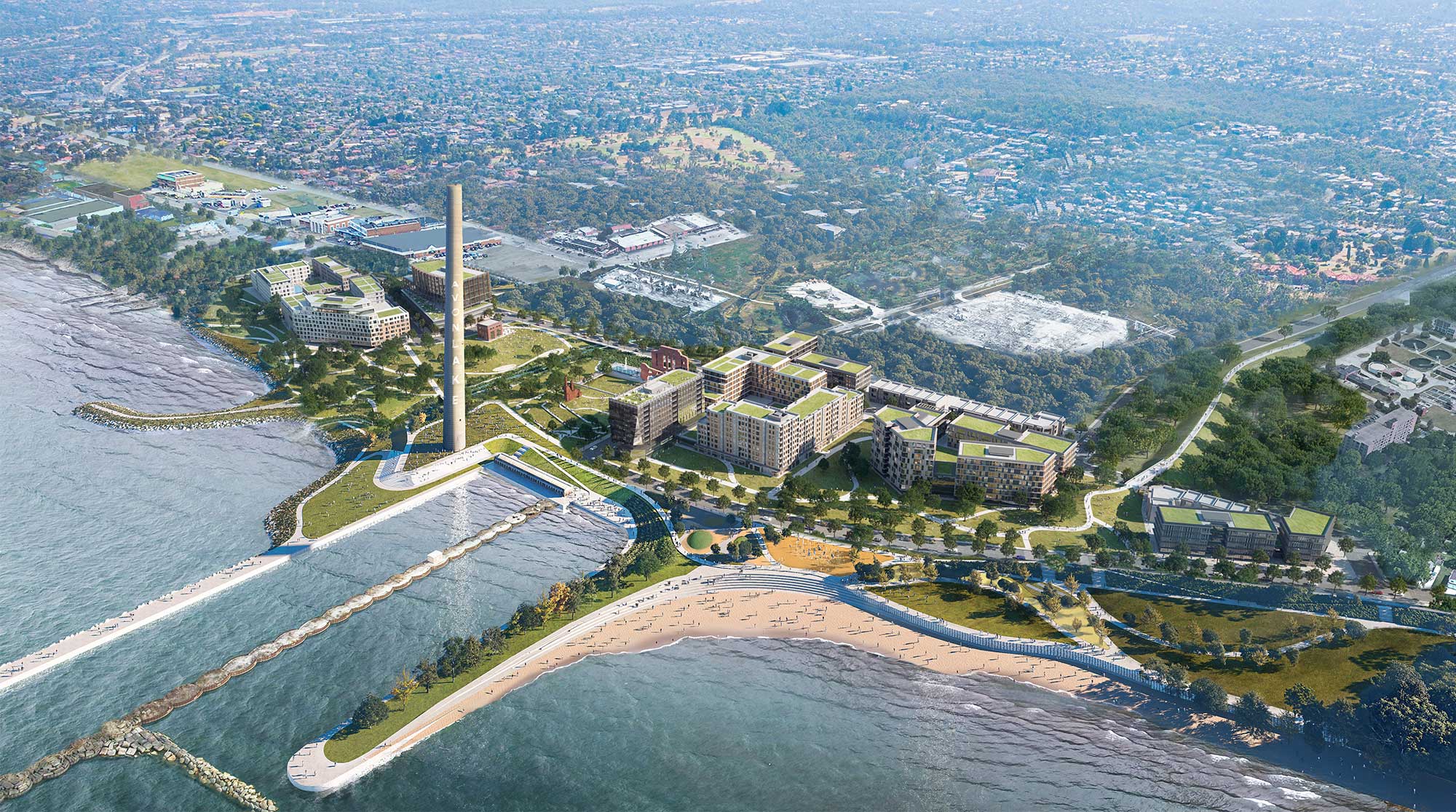
Spanning 131 acres, the property consists of multiple parcels of land adjacent to the retired power plant, including a generating station, storage yards, administrative offices, and transformers. For decades, little native vegetation has existed there. An ecologically significant creek is rerouted underground, preserving some waterflow but limiting its natural function.
The city, Avison Young, Charah Solutions, and Gensler came together to craft an answer to that question. It’s a response that could establish a paragon for how to handle the post-industrial future of the Great Lakes. The site’s new programming will need to build on its environmental benefits while catalyzing the city’s next economic chapter. This is a once-in-a-generation opportunity to restore a lakefront ecosystem while also transforming a local economy.
The primary goal of the new master plan was to prove the site’s viability for future development, both from a technical standpoint and in the hearts and minds of the public. Gensler served as a conduit of communication between Avon Lake’s public officials, the project’s private owners, and the wider public regarding the potential future of the site.
This outreach enabled the team to evaluate the local community’s desire for a public lakefront, giving the city and county confidence to proceed with acquisition of the lakefront and transformation of the lakefront into a public asset.
The plan overall focuses on democratizing the waterfront land for public use, and aims to create the largest open space and public lakefront project that the greater Cleveland area has seen in decades while also diversifying the site to become a magnet for creative office, retail, and even residential tenants.
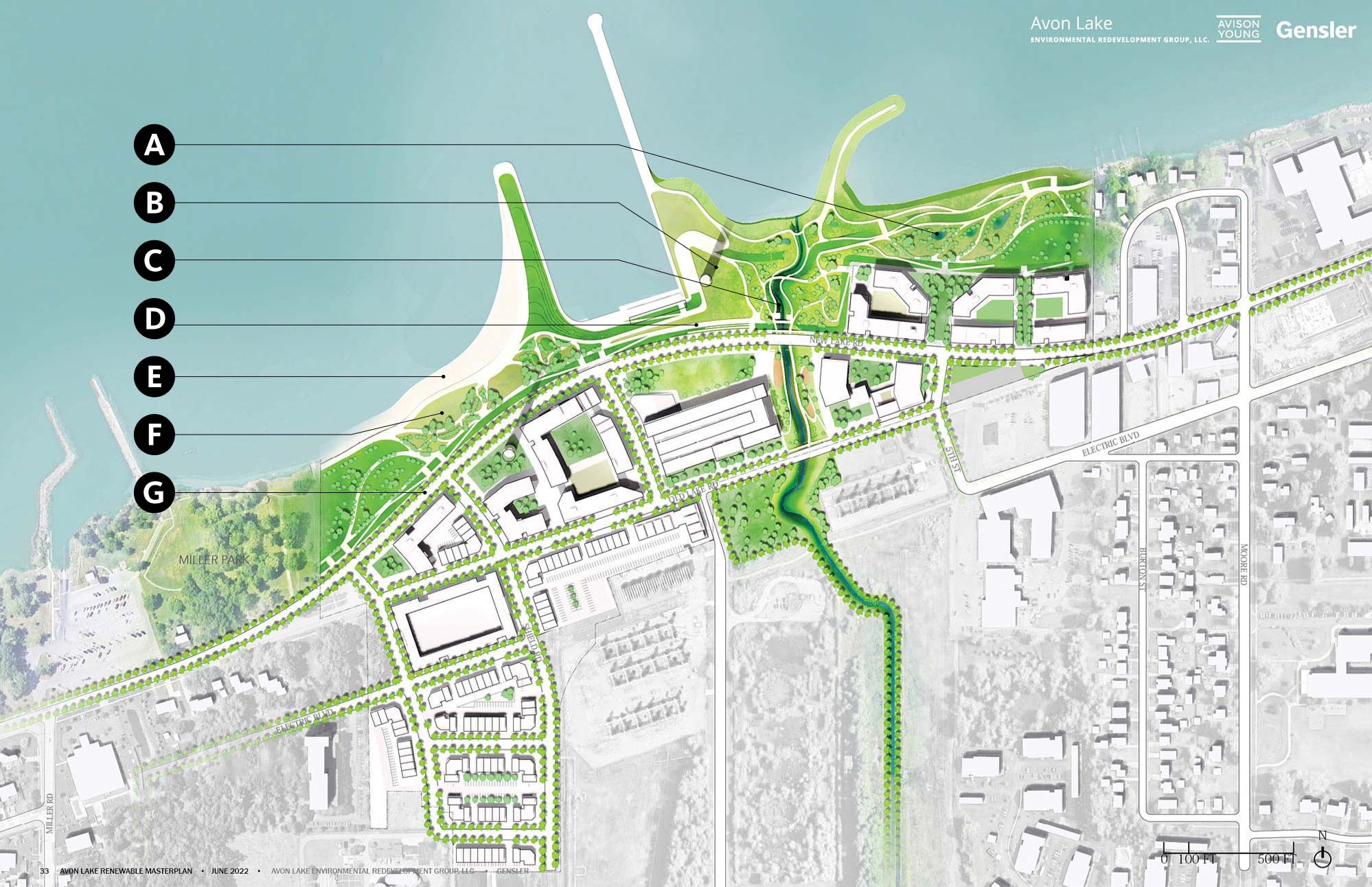
PEDESTRIAN CIRCULATION
The proposed street layout is designed to create a walkable, mixed-use environment that accommodates appropriate vehicle throughput without sacrificing pedestrian comfort and safety. In order to lessen the development’s reliance on cars, the master plan design prioritizes pedestrian circulation. The streets are tree-lined to bring comfort, shade, and visual interest for pedestrians, creating a verdant public realm that augments each neighborhood’s character. The plan allocates lanes specifically for bikes and pedestrians, making for effective, environmentally sensitive links between its commercial, residential, and natural components.
GREEN NEIGHBORHOOD PARKS
The Avon Lake renewable master plan envisions 550 units of residential development at the eastern edge of the site, with a series of mid-rise, multifamily buildings around private courtyards. These residential parcels will benefit from lakefront views and mesh with the restored native landscape. The western edge of the master plan provides for 780 units of residential development across four parcels of multifamily buildings clustered around a park as a neighborhood amenity. With this strategy, the plan aims to embed an appreciation for, and stewardship of, the remediated land throughout the development.
WATERFRONT ENGAGEMENT
Avon Lake is a highly privatized lakefront, with few opportunities for public access. The master plan explores how the city and county might ameliorate that situation and convert the full waterfront edge of the site into a public promenade. To anchor the north side of the site, we propose creating a Great Lawn that will serve as a town square. As a space for concerts, farmers markets, and seasonal activities, this new civic space will offer stunning views back out to Lake Erie. The entire Great Lawn sits above two levels of underground parking intended to provide a convenient means of accessing the newly imagined lakefront. Placing the parking underground maximizes the site’s ability to support its natural features and use every acre as sustainably as possible.
LAND REMEDIATION
In total, the project remediates 125 acres of impacted land by reintroducing native plantings, cleaning the area of toxins, and restoring watersheds and habitats. A key example is the daylighting of Powdermaker Creek, an ecologically significant feature formerly rerouted under the site in a 50-foot concrete box culvert. The creek can now serve its proper ecological function, supporting stormwater management and local flora and fauna. It also provides a focal point around which the master plan carves out pedestrian routes, integrating the public experience with open air and the land itself.
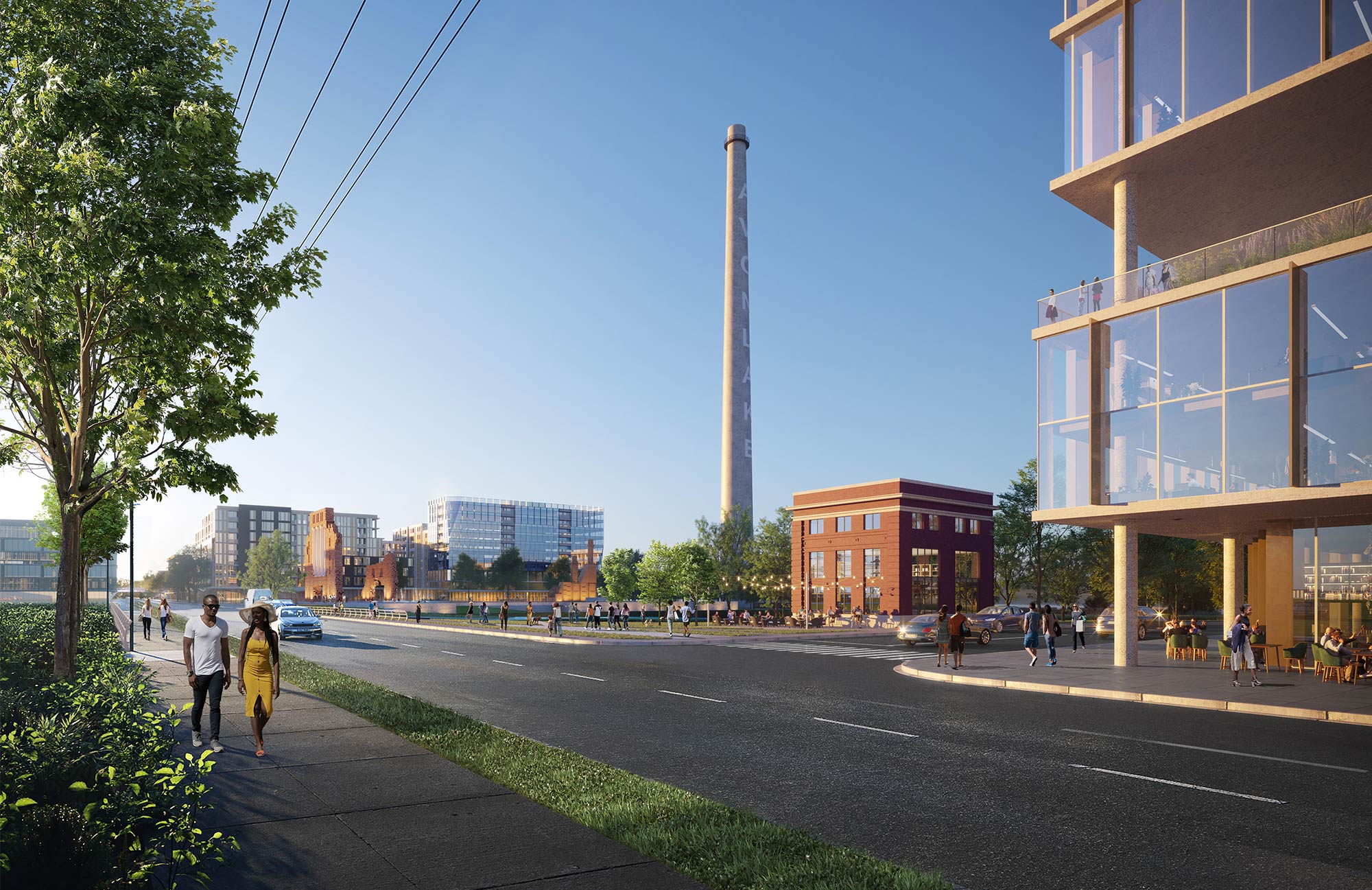
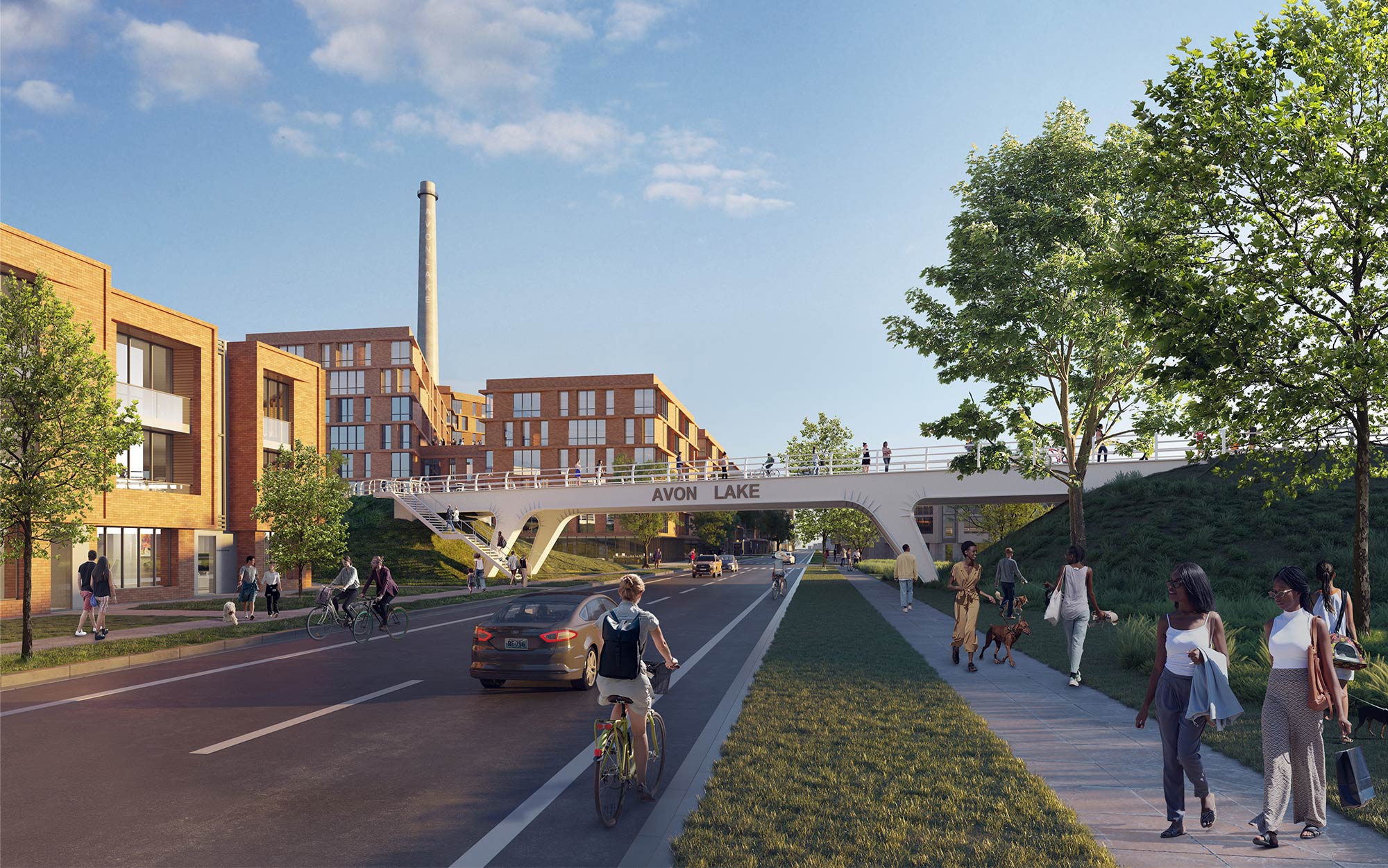
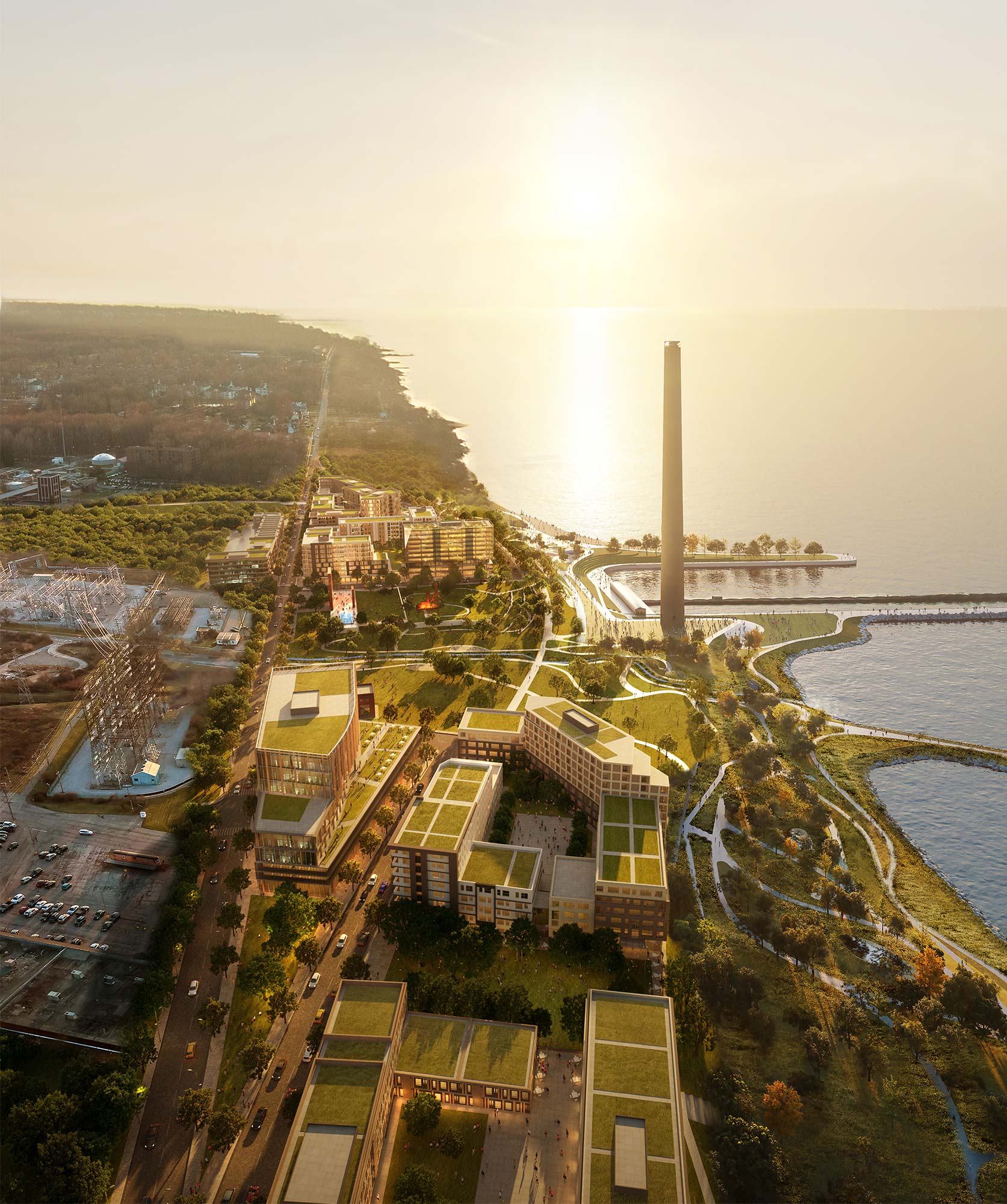
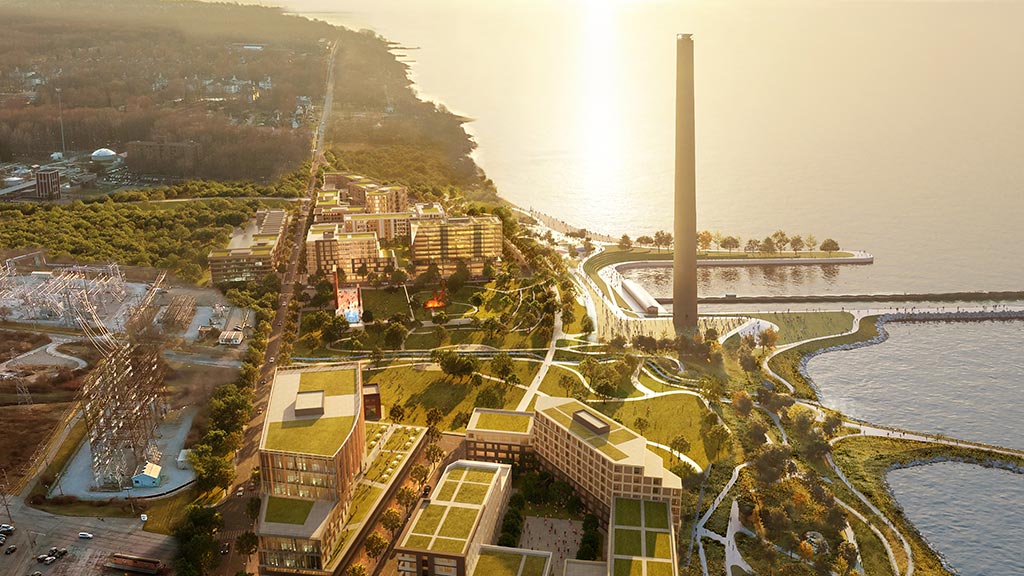
How Developers Are Turning Disused Power Plants Into Residential and Commercial Real Estate
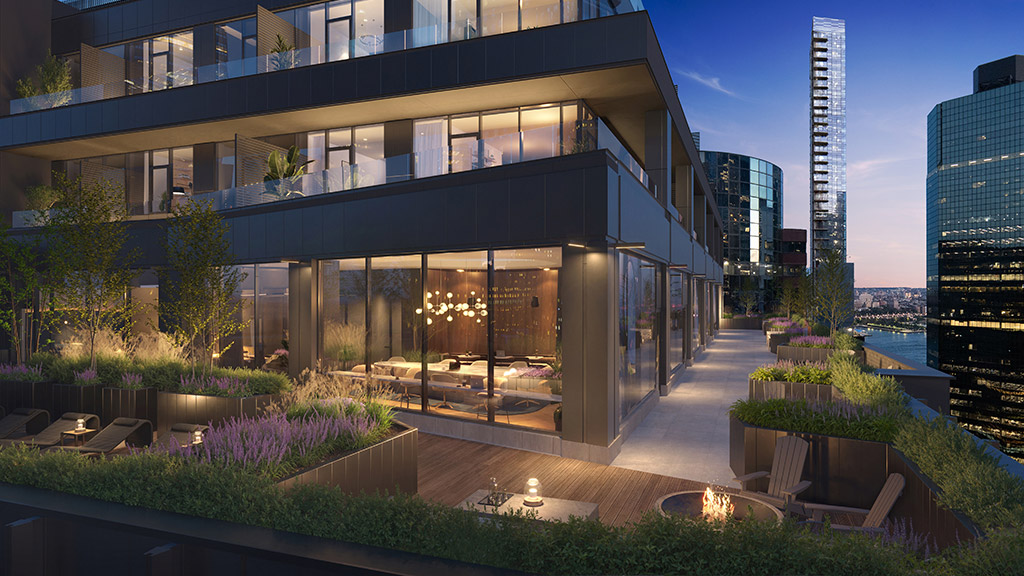
Fast Company Interviewed Jordan Goldstein and Julia Simet About Gensler’s 2024 Design Forecast
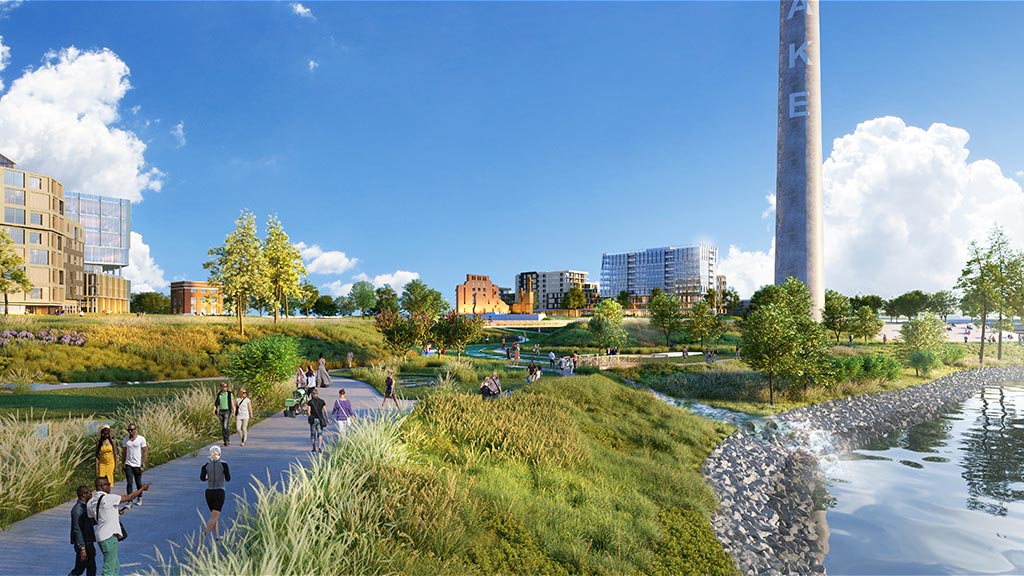
Reimagining Shuttered Coal Plants as Sites for Economic Growth

Gensler-Designed Projects Win 2023 Architizer A+Awards
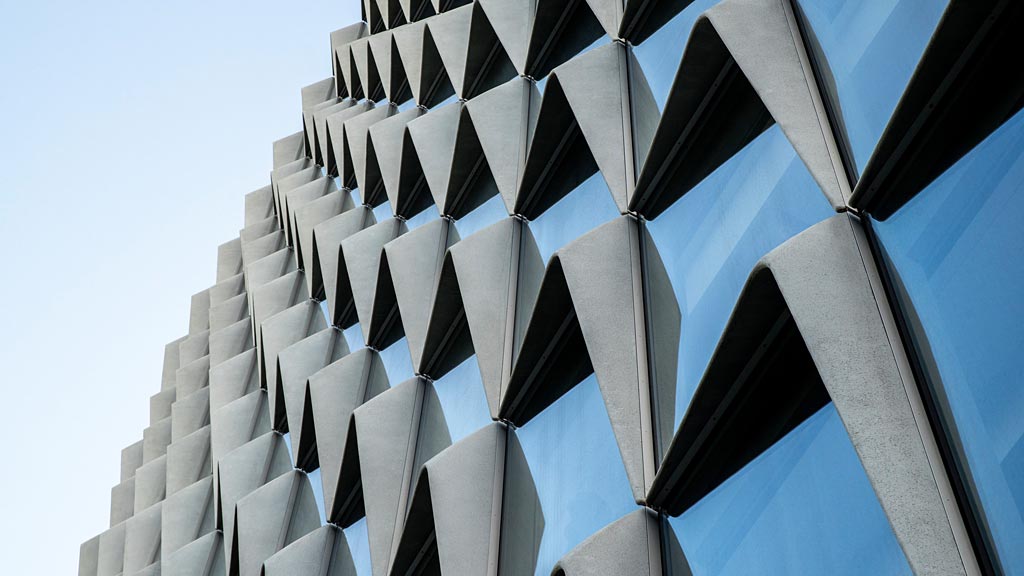
Climate Action Through Design

Plans Led by Gensler Aim to Reframe a Former Coal-Fired Power Plant Site in Ohio Into a Regional Attraction
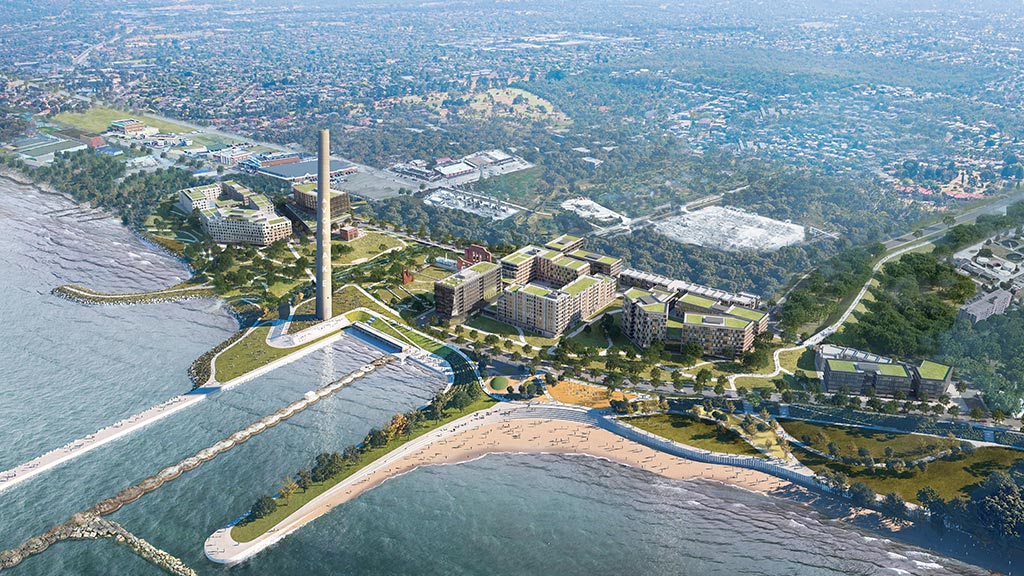
Avon Lake Renewable Master Plan Will Be a Catalyst for Economic Growth
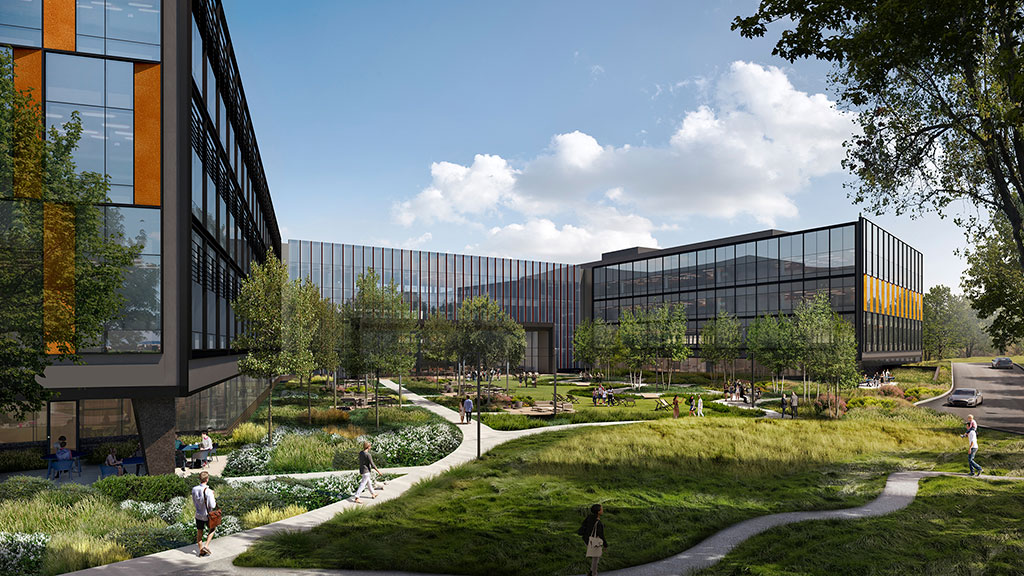
A Framework for Fostering Climate Resilience and Preparedness in the Built Environment
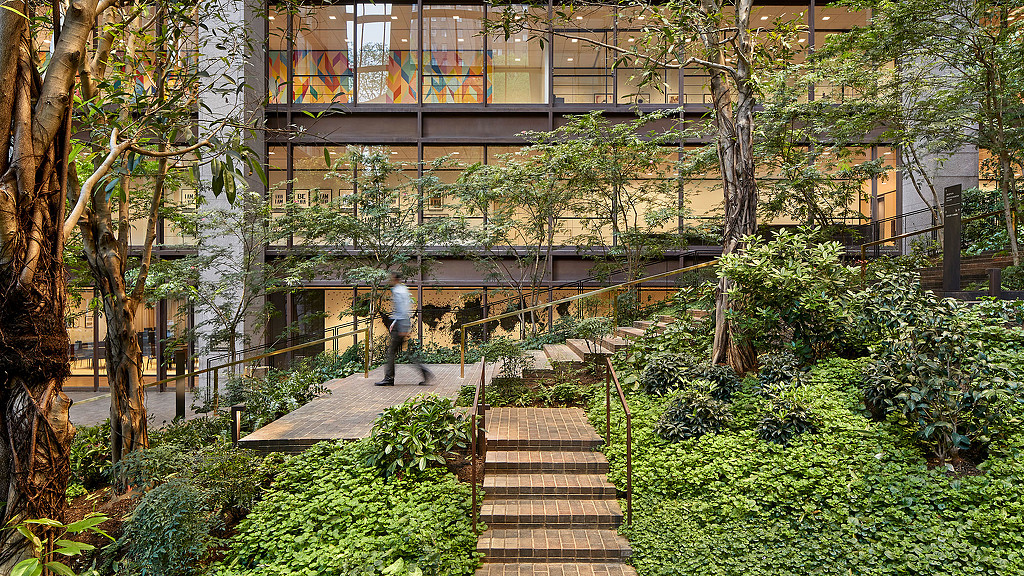
Why Designing for Climate Action and Sustainability Is an Imperative
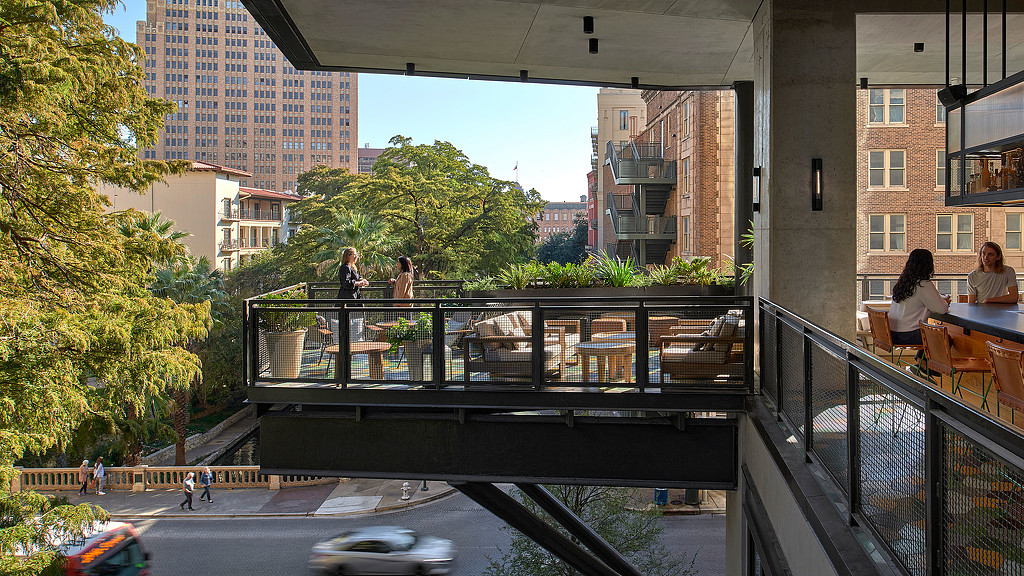
The Future of the 20-Minute City
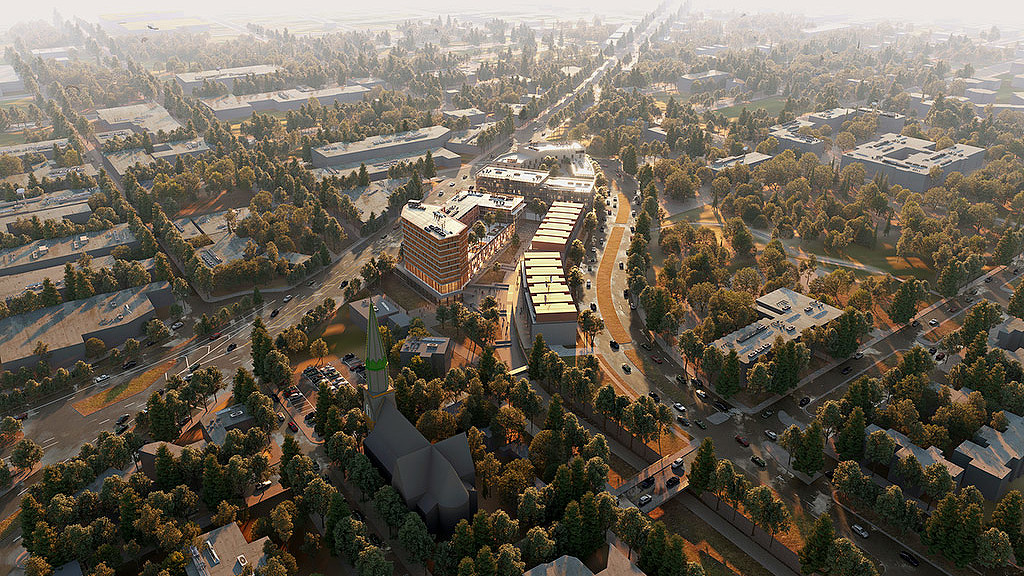
Fighting Climate Injustice: 10 Strategies for Action
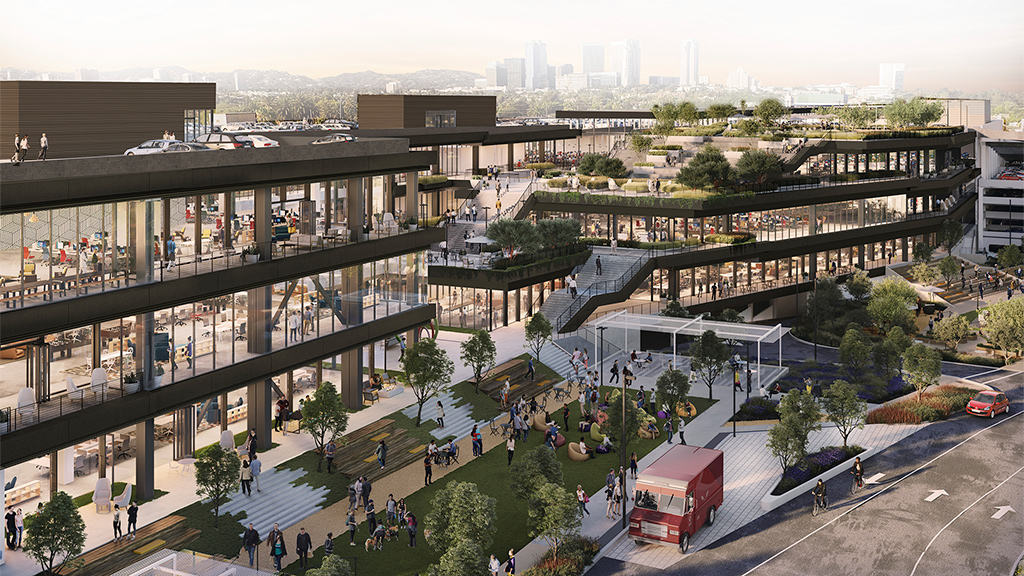
Stranded Assets: Realizing the Potential of Old Malls and Abandoned Office Parks
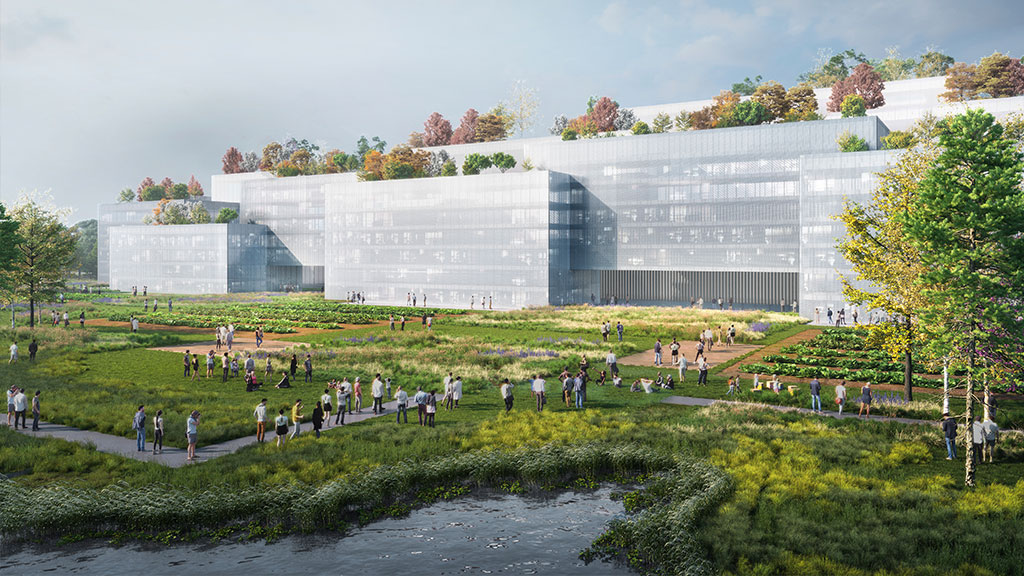
Guangzhou Substation Concept Proposal
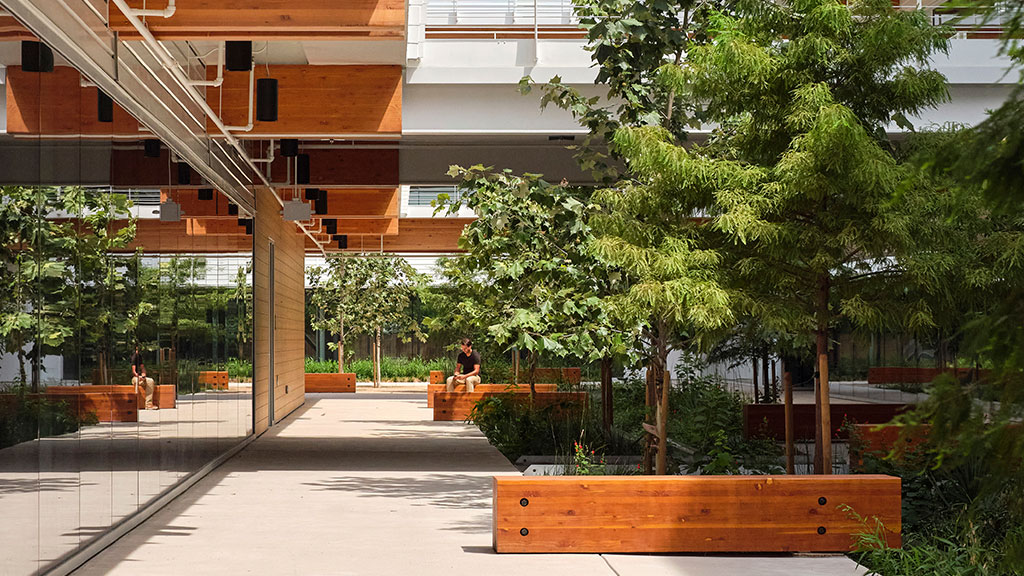
Fifth + Tillery

CSULB Parkside North Residence Hall
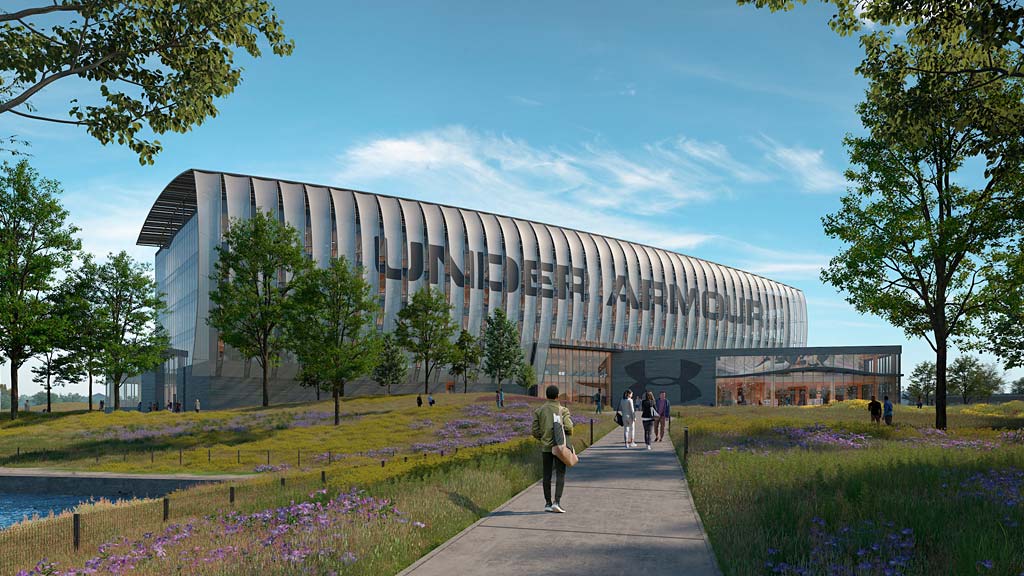
Under Armour Global Headquarters
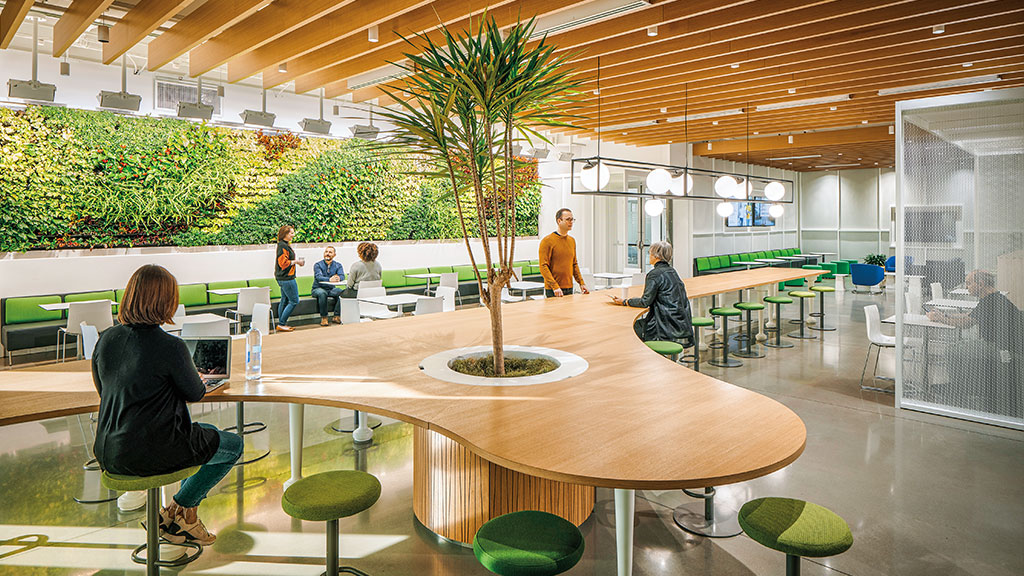
Ericsson USA 5G Smart Factory
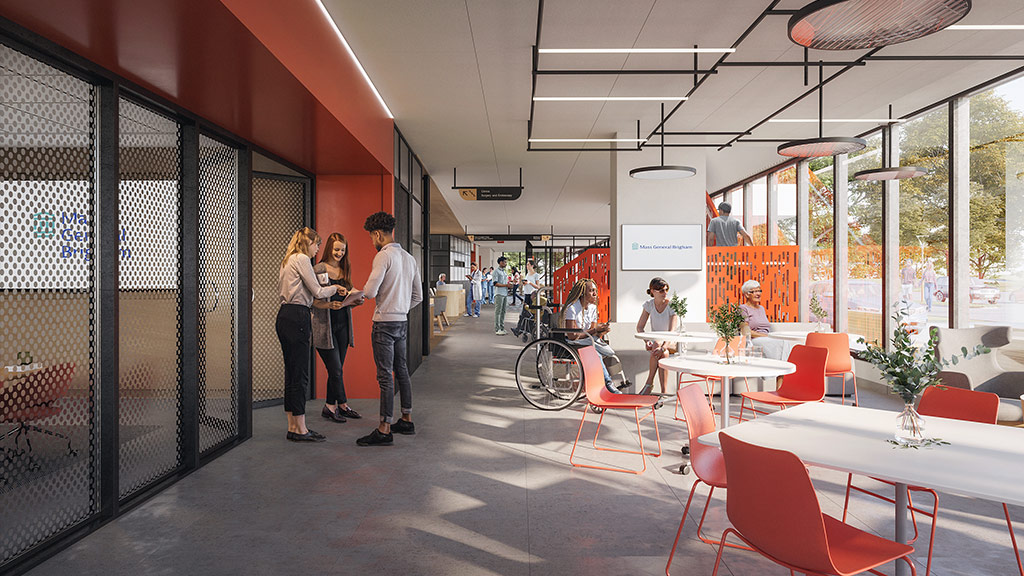
Mass General Brigham Integrated Care Facility
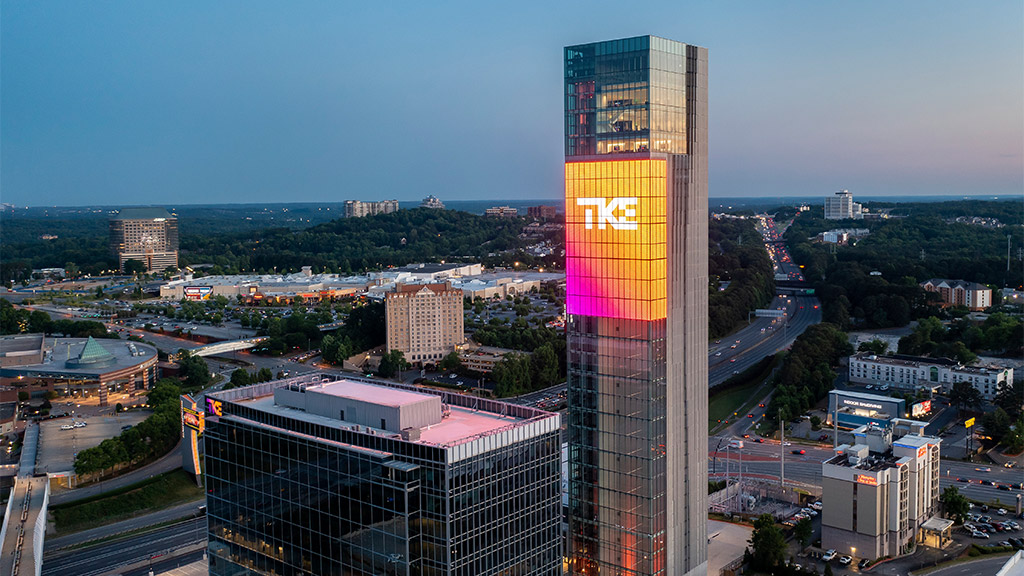
TK Elevator North America Regional Business Support Center
